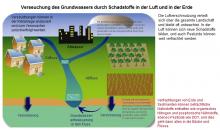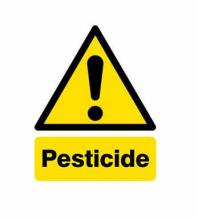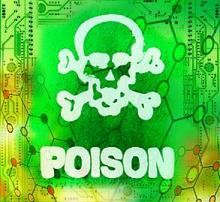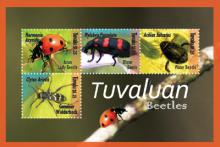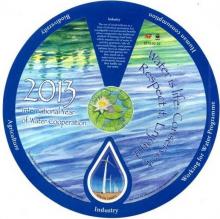In der Landwirtschaft eingesetzte Pestizide können noch viele Jahrzehnte nach ihrem Verbot die Umwelt schädigen
Das wiesen französische Forscher an einem See in einem Weinanbaugebiet in Südostfrankreich nach. In den Sedimenten des Seebodens fanden die Wissenschaftler Mittel für Pflanzenschutz und Schädlingsbekämpfung aus dem gesamten 20. Jahrhundert. Das Insektengift DDT und seine Abbauprodukte wurden noch lange nach dem Verbot im Jahr 1972 in das Gewässer eingeschwemmt, berichtet das Team um Pierre Sabatier von der Université de Savoie in Le Bourget du Lac (Region Rhône-Alpes) in den “Proceedings” der US-Nationalen Akademie der Wissenschaften (“PNAS”).

